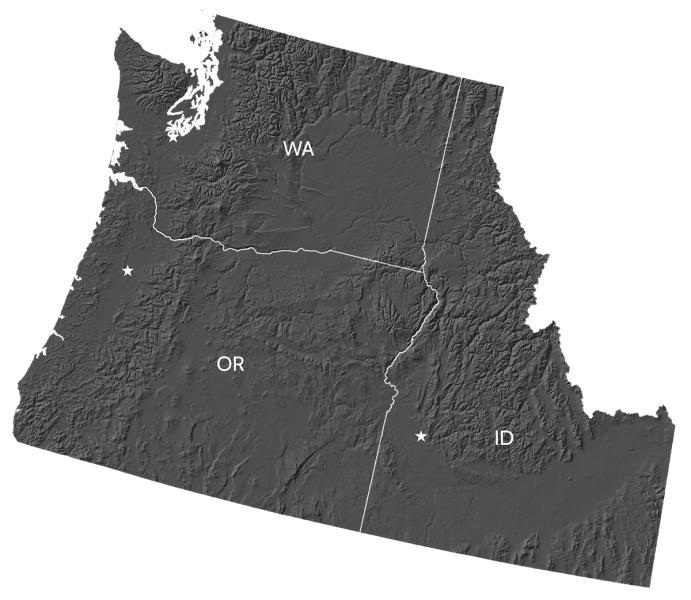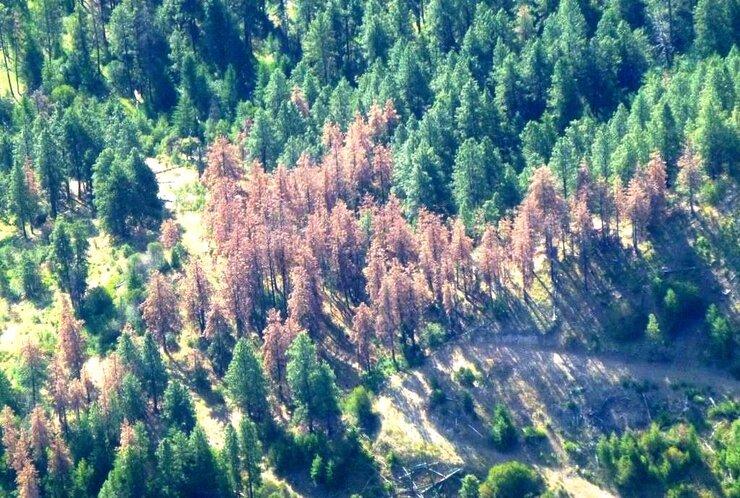Adapting to new conditions
Multiple examples of climate adaptation—making changes in our environment or behavior to adapt to new climate conditions—are happening in the Northwest.
- New approaches for agriculture are reducing climate-related risks at the same time as they meet economic, conservation, and adaptation goals.
- Infrastructure issues (for instance, problems with aging stormwater systems) are increasingly being addressed with nature-based (green) solutions rather than with more traditional (gray, the color of concrete) engineering approaches.
- Frontline communities are building social cohesion and networks to assist groups in meeting basic needs and increasing resilience to future climate stressors.
- Scientists, resource managers, communities, and decision-makers across the region are working together to prepare for climate change impacts across multiple sectors and resources.




